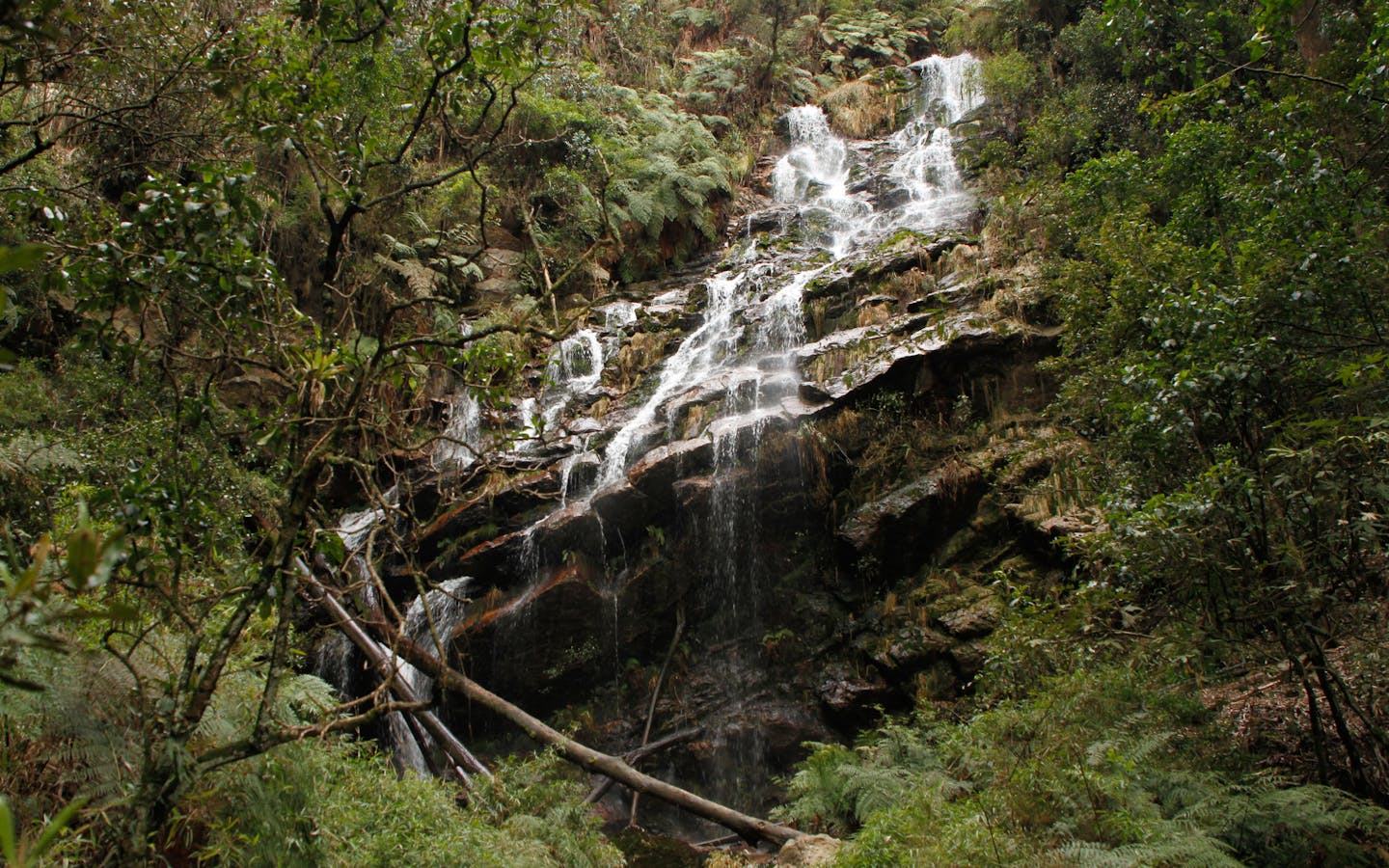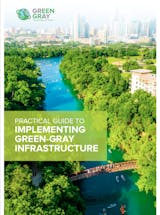Forests help to secure clean water for communities, wetlands reduce flood risk to cities and intact natural areas maintain reliable water flows to rivers and springs. These “nature-based solutions” leverage the services that nature provides, which might otherwise need to come from built infrastructure, such as levees or reservoirs.
Beyond these water security services, nature-based solutions generate multiple benefits, including climate change mitigation and adaptation, biodiversity conservation, and a range of human health and well-being benefits, all of which contribute to the Sustainable Development Goals.
Our role
Conservation International’s work on nature-based solutions for water security is designed to fill a gap. We aim to take green infrastructure solutions — such as forest or wetland restoration — to scale, generating meaningful and measurable results through a combination of science, new financing models and demonstrated impacts. Some examples:
We are working to secure formal commitments from the public and private sector for a sustainable watershed business plan in the conservation corridor of Bogotá, Colombia.
We are producing scientific research to underpin new global targets around nature-based solutions for water security.
We are building an innovative financing mechanism for protecting and restoring forests upstream of hydropower reservoirs.
We are employing best practices to manage livestock grazing and exotic plant species removal in South Africa’s rangelands to improve flows of clean water for rural communities.
Our plan

Developing tools
How do we know that investments in nature-based solutions for water security are generating the intended impacts aimed at reducing flood risk, improving water quality and securing more reliable water flows? Conservation International’s HydroRAP is an emerging framework designed to quickly and cost-effectively measure a critical set of hydrologic parameters in a given catchment. This helps establish the viability of a project focused on nature-based solutions for water — and provides a baseline to measure changes over time.

Building the case
Working with public, private, and civil society partners, Conservation International has developed a blueprint for conserving 606,000 hectares (1.5 million acres) of high Andean ecosystems critical for securing Bogotá’s water supplies. But how to pay for that conservation, now and in the future? Through a combination of hydrological and economic studies, field science and pilot projects, we are building a case for a variety of financing mechanisms that will provide enduring ecosystem conservation and sustainable livelihoods for local communities.

Scaling the model
In addition to supporting water security, nature is an irreplaceable asset in combating climate change. How can we scale up investments in nature-based solutions for water while also reducing greenhouse gas emissions? Conservation International is working with leading companies and researchers to build integrated projects that can simultaneously expand nature-based solutions for water and contribute to meeting global commitments like the Paris climate goals.
By the numbers
US$ 22.6 trillion
The estimated amount needed by 2050 to meet global water needs.
Gray infrastructure, such as wastewater treatment plants, dams and reservoirs, canals and levees, and even desalination plants, will continue to be part of the world’s water infrastructure. These engineered solutions, though, are neither sustainable nor sufficient on their own. In some cases, nature-based solutions such as green infrastructure can provide an essential complement to “gray” approaches — and be more cost-effective.
En la alta montaña las familias campesinas vinculadas al proyecto Adaptación al Cambio Climático en la Alta Montaña ahora hacen ciencia comunitaria. Conformaron una red de monitoreo del clima. Diariamente toman datos de lluvia, temperatura y humedad relativa. Datos que les ayudan a tomar mejores decisiones en sus fincas.
In the source watersheds of Bogotá, Colombia, Conservation International works with rural communities to develop sustainable livelihood activities like beekeeping that can thrive alongside conservation efforts. Community members are also directly engaged in ecosystem restoration, from growing and planting native seedlings to monitoring the hydrologic impacts of revegetation. The Bogotá program is an example of Conservation International’s sustainable landscapes approach, which combines sustainable production, livelihoods, and conservation at scale.

Green-gray infrastructure blends the conservation and restoration of ecosystems with the selective use of conventional engineering approaches to provide people with solutions that deliver climate change resilience and adaptation benefits in coastal, terrestrial and freshwater ecosystems. Conservation International has launched a Global Green-Gray Community of Practice, a forum for collaboration across the conservation, engineering, finance and construction sectors to generate and scale green-gray solutions for climate-related challenges and beyond.







